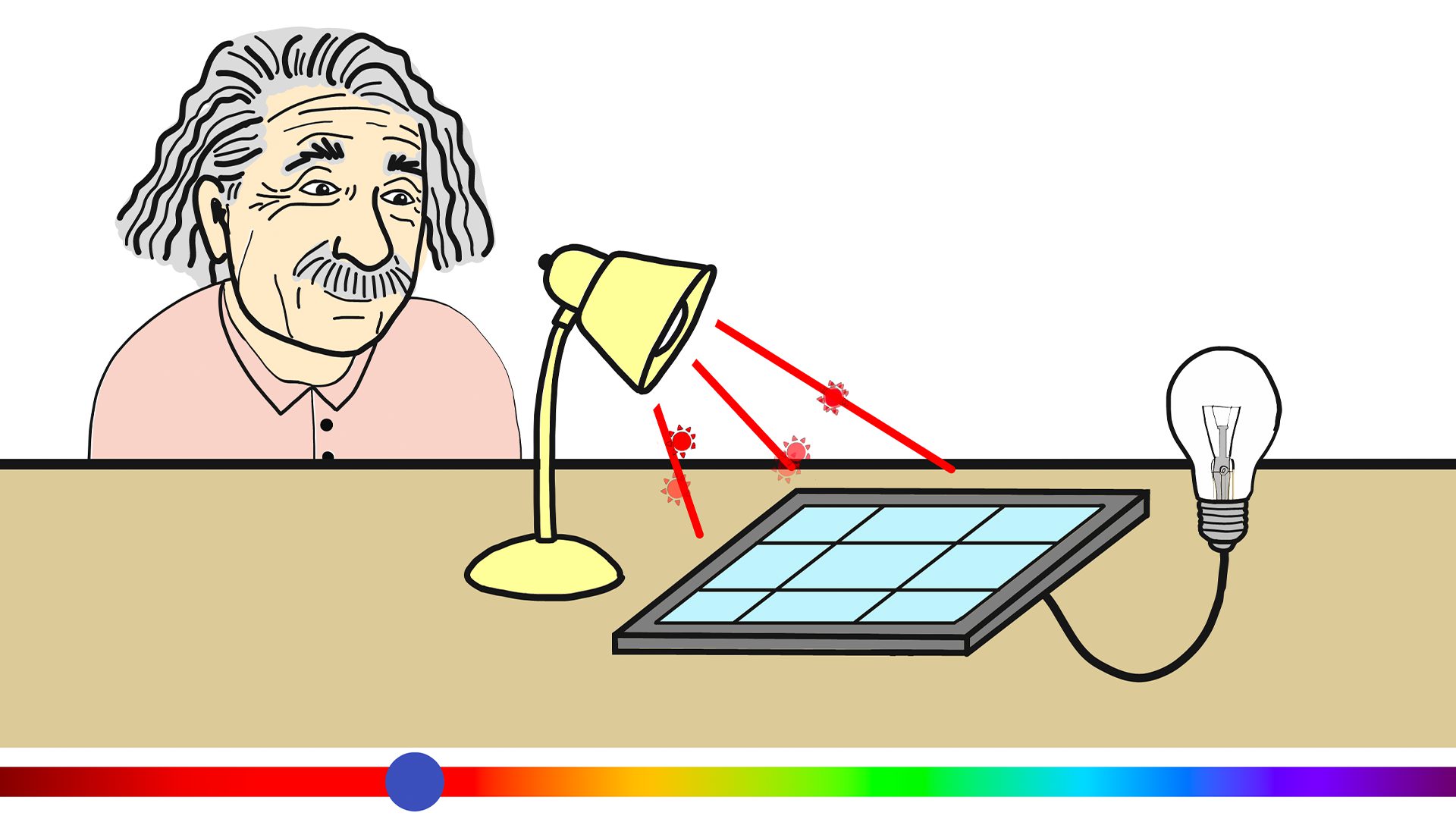- November 11, 2020
- By Maryland Today Staff
Though no less a genius than Albert Einstein once labeled quantum physics “spooky,” a project based at the University of Maryland is out to convince even those of us who struggled with high school math that it’s nothing to fear.
Don’t get it (en)tangled, though; the newly redesigned and currently expanding “Quantum Atlas” doesn’t pretend quantum science, which deals with how the world works at the scale of atoms, photons and other particles, is easy to understand. Nearly 80 years after Einstein’s complaint, it can be hard for anyone to wrap their brain around the idea, for instance, that two atoms across the room or across the galaxy can be tightly linked into a single system, aka, quantum entanglement.
But with conversational writing, cartoons and eye-catching interactive elements, the Quantum Atlas—supported by a National Science Foundation grant and created by current and former UMD physicists and communicators—works hard to establish a base level of familiarity with a field of science and technology expected to revolutionize computing, sensing and a range of related industries in coming decades.
The project was originally funded by an NSF grant in 2017, before UMD scientists helped craft the $1.275 billion 2018 National Quantum Initiative, as well as the the announcement of the Maryland Quantum Alliance of universities, government scientists and others early this year, and as the race to build the first practical quantum computer (including a serious entrant from UMD) was ramping up.
“The landscape since our proposal has changed completely—quantum’s verging on a billion-dollar-scale industry now,” said Chris Cesare, communications and outreach director for the Joint Quantum Institute (JQI) based at UMD, and a physicist and web programmer leading the development side of the project. “When you have a technology that’s likely to impact many aspects of our daily lives, it’s best that the general public has some understanding.”
The atlas website works for a range of users, starting with students who might be interested in quantum careers, said Emily Edwards Ph.D. ’09, the former JQI communications director and current managing director at the Illinois Quantum Information Science and Technology Center at the University of Illinois at Urbana-Champaign.
“When we started this project, our team pictured someone reading an article and coming across a term like ‘superposition,’ and going to the article on Wikipedia and just feeling lost among the technicalities,” said Edwards, a principal investigator for the NSF grant. “We want to demystify the topic and encourage learners of all ages and backgrounds to engage with quantum, from the curious high school student who stumbles across it to an adult who might gravitate toward The New York Times science section.”
With 11 entries so far—many with illustrations and other contributions from UMD undergraduates—the Quantum Atlas has covered quantum buzzwords and key concepts, but barely scratched the surface in terms of potential topics, Cesare and Edwards said. They have another dozen or so in various states of readiness to post in coming months. Here’s a look at some of what’s already there.
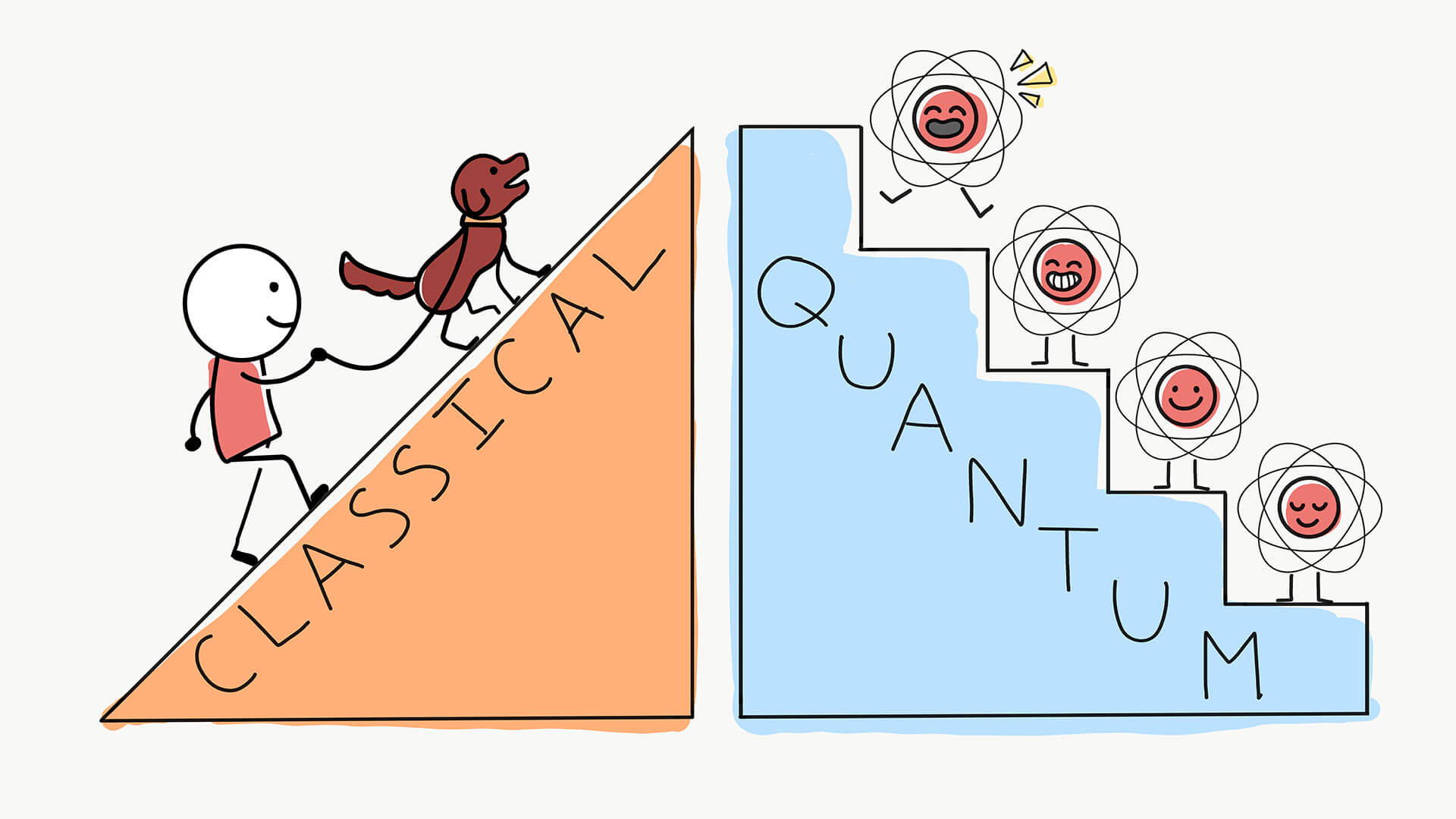 Quantum vs. Classical
Quantum vs. Classical
The microscopic world of quantum physics is not spooky or incomprehensible. It just works very differently than the “classical” world we observe in our lives each day, causing our intuition to fail.
 Quantum Measurement
Quantum Measurement
Ordinary measurements reveal the unknown. Quantum measurements create it. That’s why, with enough information, it’s possible to predict the outcome of an everyday measurement. Quantum measurements are generally unpredictable.
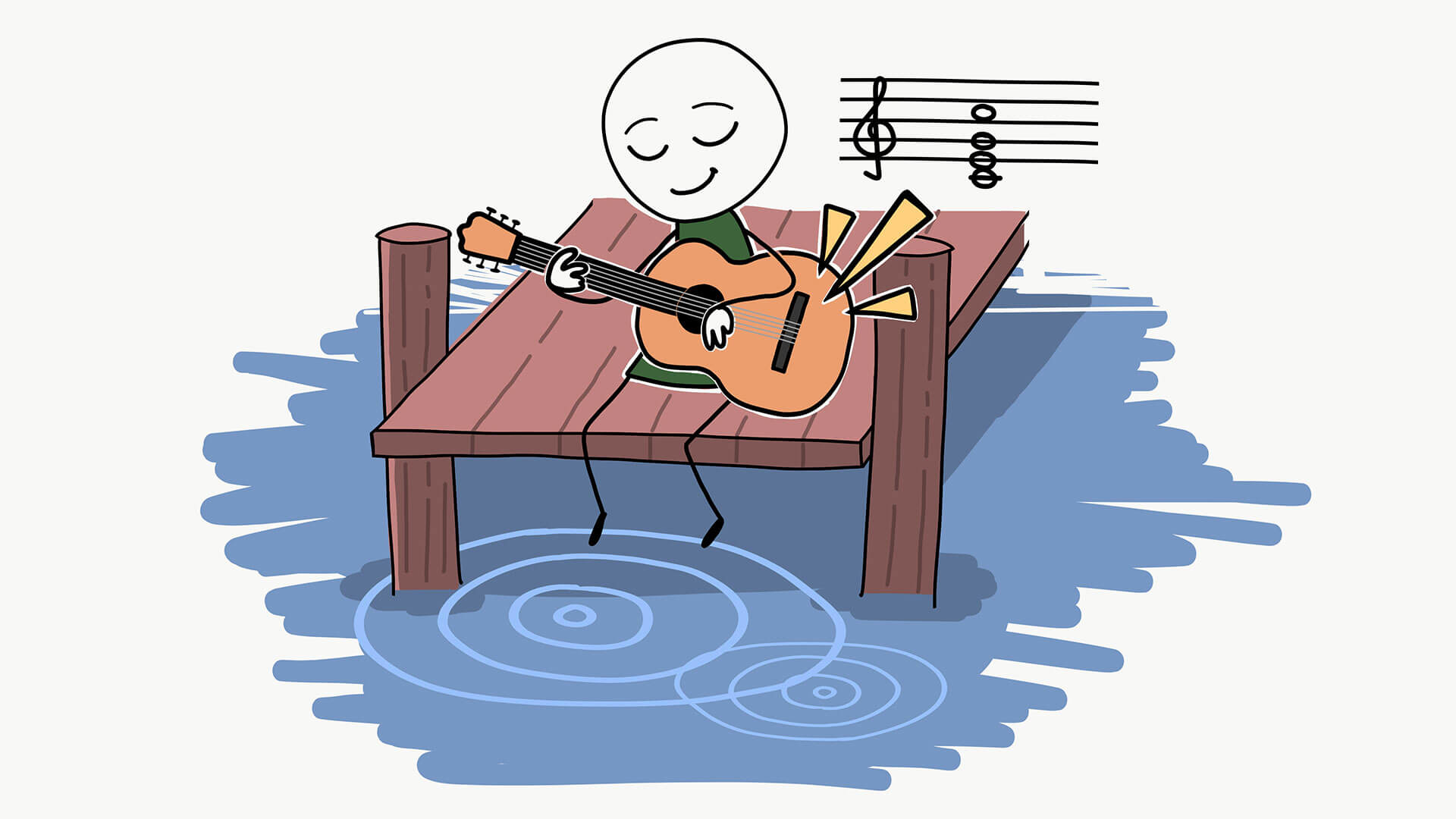 Superposition
Superposition
A quantum headscratcher—how can an atom be in different states of being at the same time?—is less daunting when you compare them to waves: Quantum waves, like a wave at the beach, can be in many places and states at once.
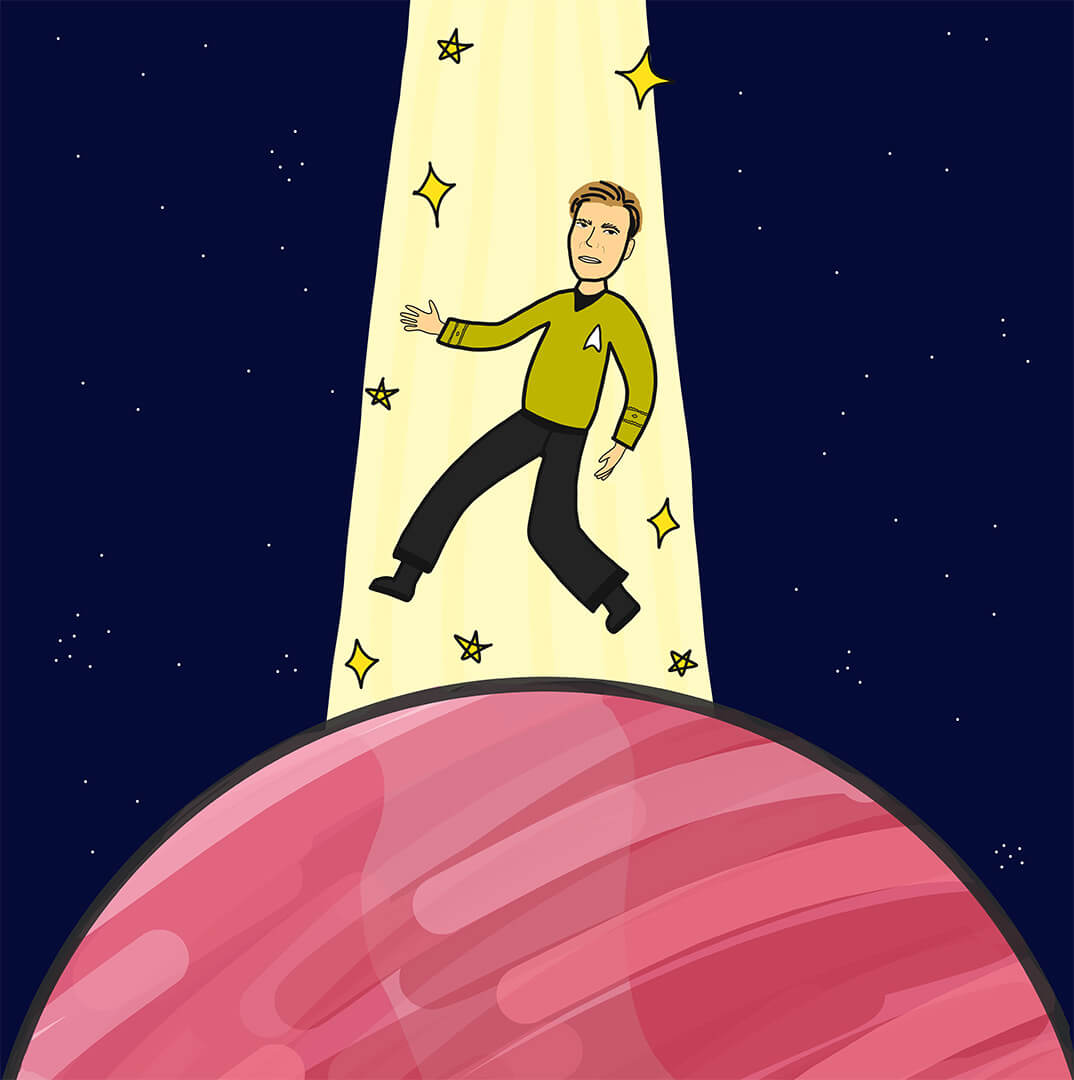 Quantum Teleportation
Quantum Teleportation
No, it won’t move you around the galaxy—think of it like a quantum messaging app, except the content of the message is the full quantum description of an object. The process lets you “teleport” the spin of an atom here on here on Earth elsewhere in the universe.
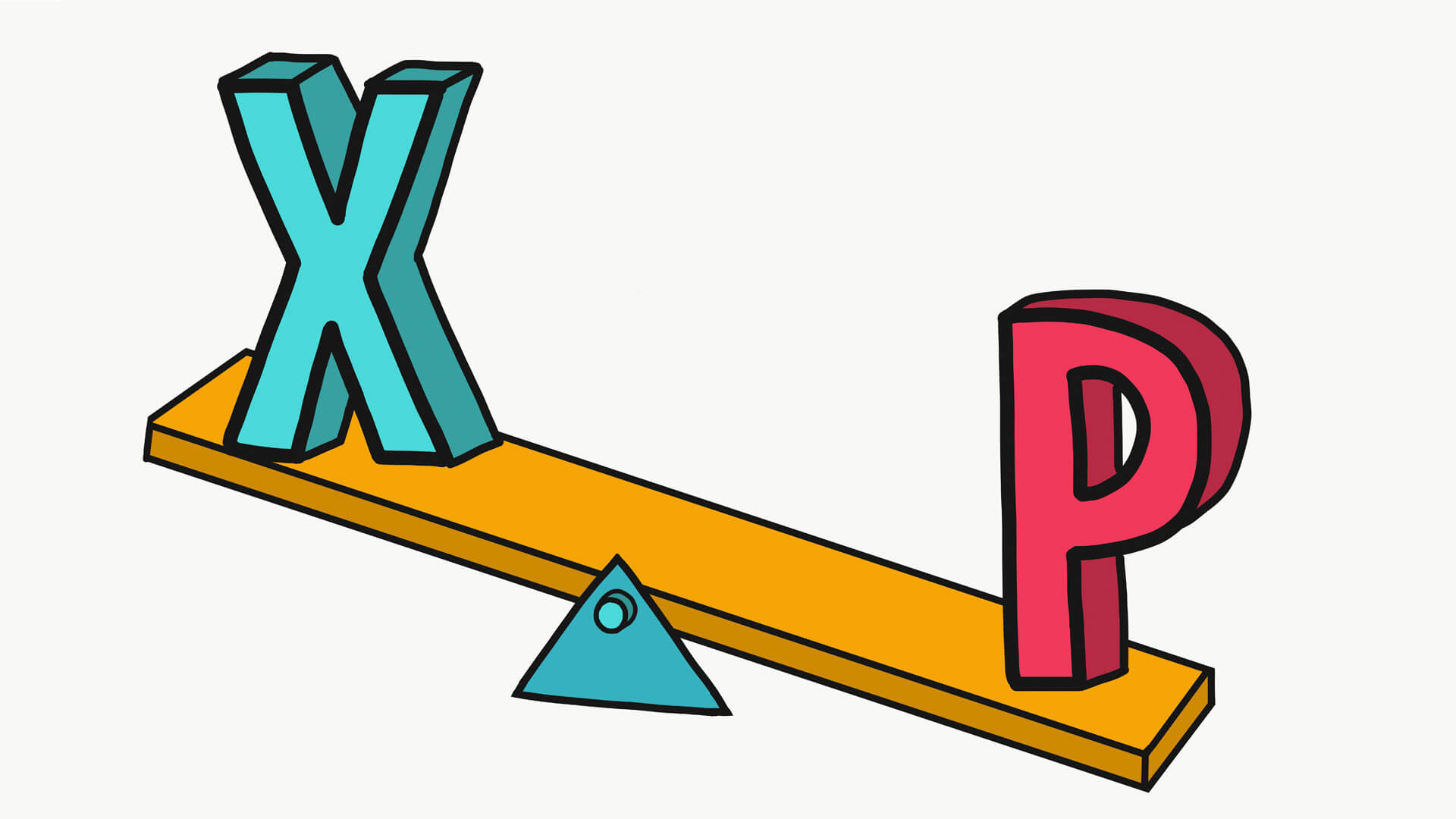 The Uncertainty Principle
The Uncertainty Principle
On the quantum scale, the one thing you can be absolutely certain of is uncertainty. As one measurement becomes more precise, the other gets more … you guessed it.
